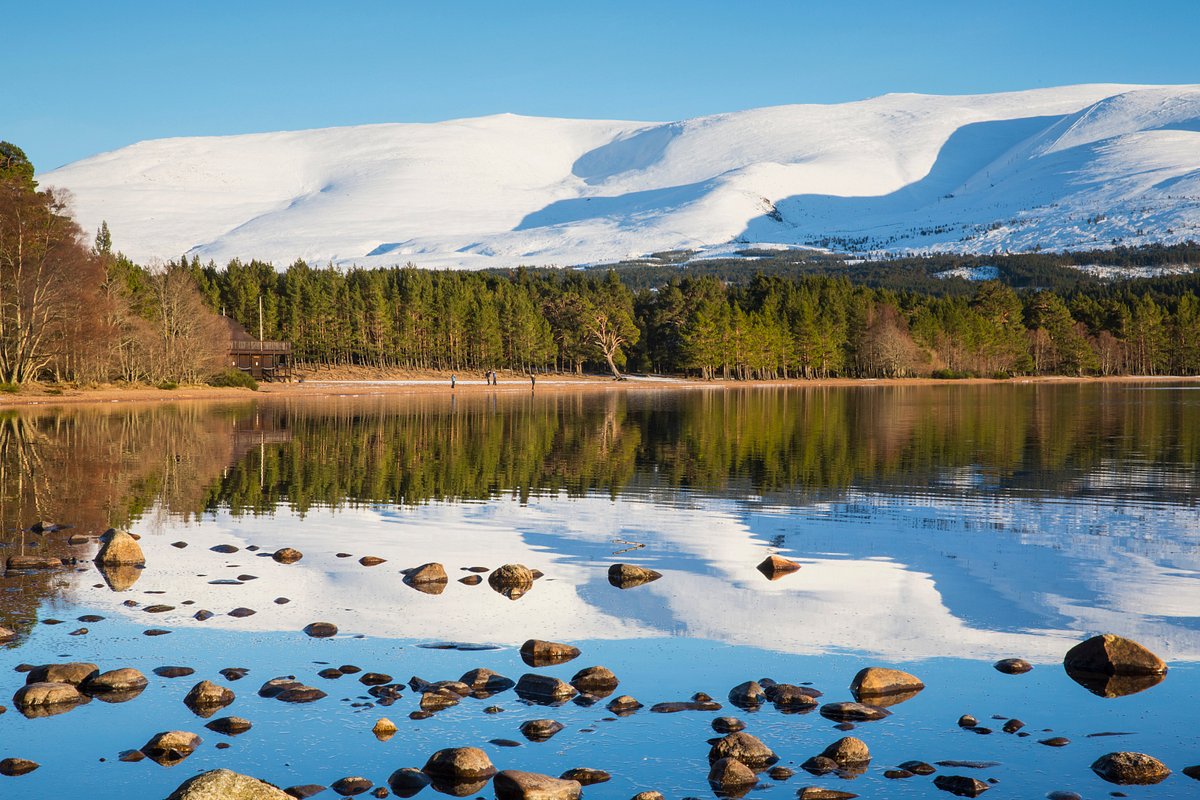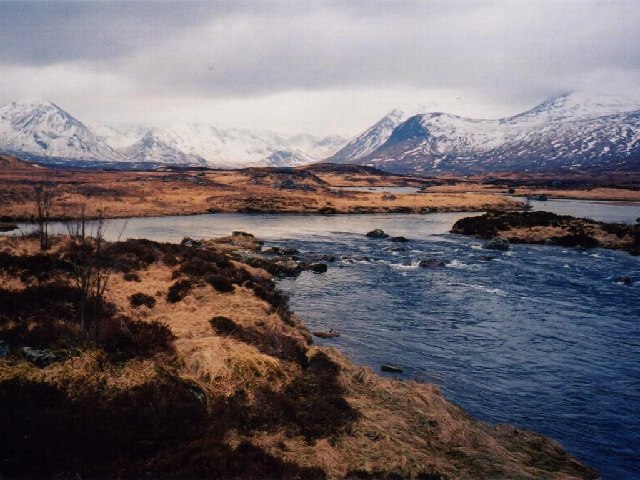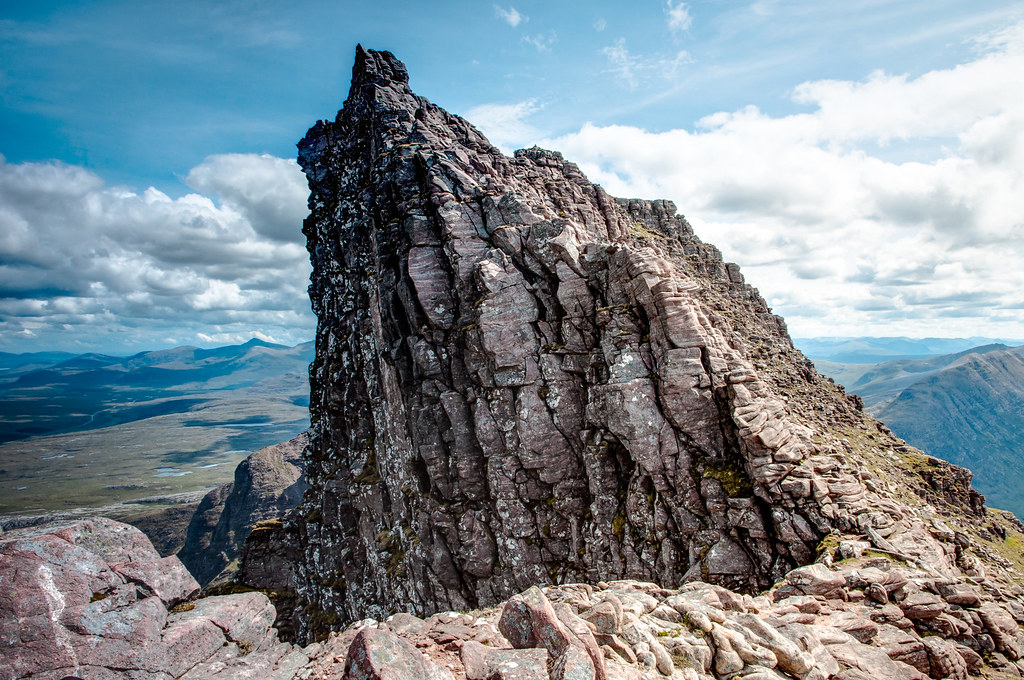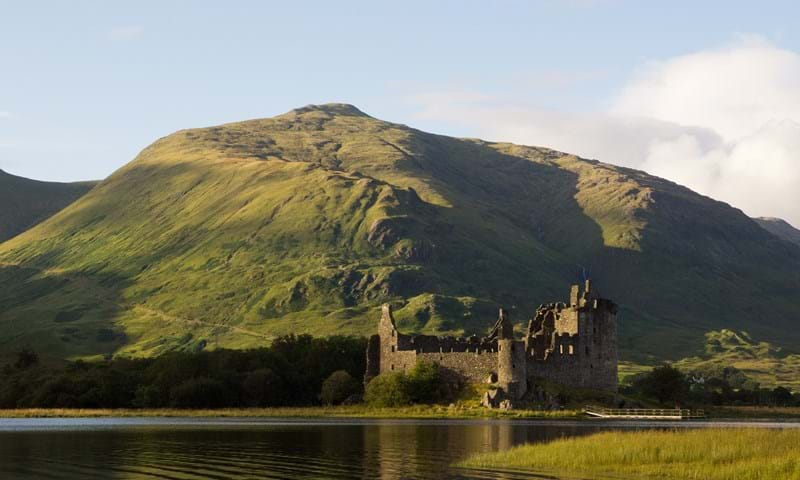There are many different types of landscape in Scotland, including mountains such as Sgurr na Gillean (more than 1,000 metres high), and rolling moorland with imposing, characterful boulders. A single-storey cottage is a common feature of images of this beautiful landscape. On the north-east coast of Scotland, you can find the Bow Fiddle Rock. We mention the best landscape photography spots in Scotland.
Loch Morlich

There are several ways to use Loch Morlich in landscape photography. Its boggy landscape can make for interesting foreground subjects. In winter, the loch may be frozen. Sunrise and sunset images can be captured by taking a trip to the east side of the loch. As the sun begins to rise over the mountains in the east, the loch will be bathed in gorgeous colours. If you can get there in the morning, you can capture the sun rising over the water and mountains on the horizon.
If you want a dramatic landscape, this is a good place to do it. Loch Morlich is located in the Cairngorms National Park. The weather is windy and wet during the autumn, making it perfect for landscape photography. You can take a picture of it in 1/160th of a second and still capture the mood and beauty of the scene.
Glencoe

If you’d like to experience the wonders of Scotland’s natural beauty in landscape photography, Glencoe in Scotland is an outstanding location. You can photograph the surrounding mountains and landscapes at any time of year, but winter and autumn are best times to visit. During the summer, popular photography areas can become too crowded, and you’ll have to move people out of your shot. However, winter can offer beautiful views of snow-capped mountains, golden hour light, and fewer people.
There are plenty of places to stay in the area, but if you want to stay in an upscale lodge, consider staying in the Isles of Glencoe Hotel. It has spacious rooms and family-friendly amenities, such as a gym and bio-sauna. The hotel also offers glamping pods and free wifi. The Isles of Glencoe are close enough to the village that it is easy to get around.
A scenic drive along the scenic Glen Etive road is an excellent option for landscape photography. The Three Sisters dominate the scene from the top of the Glen. If you’re lucky, you can also take a shot of the waterfall in the foreground. If you don’t want to take up the ridge itself, there are other places to photograph the Three Sisters. This is a great place for sunrise or sunset photography, if you’re looking for a dramatic landscape.
Rannoch Moor

Located in Scotland’s Highland region, Rannoch Moor is a huge area of boggy moorland. This area stretches into Lochaber, Perth and Kinross, and northern Argyll and Bute. While it’s a popular tourist destination, you may want to plan a longer stay. The region is especially beautiful at dusk or early in the morning. You can also hike or cycle along its paths.
The surrounding area is very different from the city. The landscape is more remote and eerie than the cities and towns of the surrounding area. The Rannoch Moor is one of Scotland’s last untouched areas. This moor is the watershed for the rivers of the central part of the country. They flow eastward into the Atlantic Ocean. However, the moor is not without its human inhabitants, and many people choose to spend their time there as a getaway from the city.
The mood of the Scottish landscape varies with the weather. The 50 square mile Rannoch Moor is basically a flat plateau. Its elevation is about 1,000 ft, and it is surrounded by mountains of over 3,000 feet. In winter, you may see a sombre, gray landscape, while a sunny, bare plateau is a welcome sight. If you’ve never been to Scotland, you can learn about the history and culture of this remote part of Scotland.
Lord Berkeley's Seat

There are significant tops in Scotland, and Lord Berkeley’s Seat is not one of them. Among these, Stony Seat is another name for the mountain. The alternate name was suggested by Alan McGuire, who was inspired by a quote by Bill Tilman. He did not want to be associated with Lord Berkeley, so he came up with a more appropriate name. This name has since become the official name of the mountain.
Lord Berkeley’s Seat is a rock spire that stretches out for six miles. Climbers can begin at this point and then continue their ascent by scrambling over Corrag Bhuidhe Buttress, a 600-metre section of airy ridge walking. Despite the challenging route, the reward is immense. The ridge provides expansive views and extreme exposure. It is also known as ‘the anvil’.
Kilchurn Castle

If you’re looking for a stunning location for Scottish landscape photography, look no further than Loch Awe and Kilchurn Castle. This crumbling castle sits on a beautiful loch, and the crumbling facade only adds to its photographic appeal. The castle’s crumbling façade makes for some spectacular lighting when photographed early in the morning. Here are some of my favorite photos of the castle, captured by Pete2453.
For a more dramatic backdrop, try photographing the castle from atop a mountain. Whether you’re shooting from the top of a craggy mountain or a rocky outcrop, you’re sure to find a stunning shot of Scotland’s landscape. The stunning views from the top of Kilchurn Castle will make for a memorable composition. Depending on how you’re shooting, you may want to shoot it at a different angle to avoid distracting elements in your composition.
The ruins of Kilchurn Castle can be captured by taking photographs of the loch or the castle itself. Photographers often shoot these castles at sunrise or sunset. In the middle of the 1400s, Sir Colin Campbell built the castle. The castle’s main tower house was later converted into accommodation for officers. Barracks were built in the courtyard for soldiers. The castle was eventually abandoned in the late 17th century.
